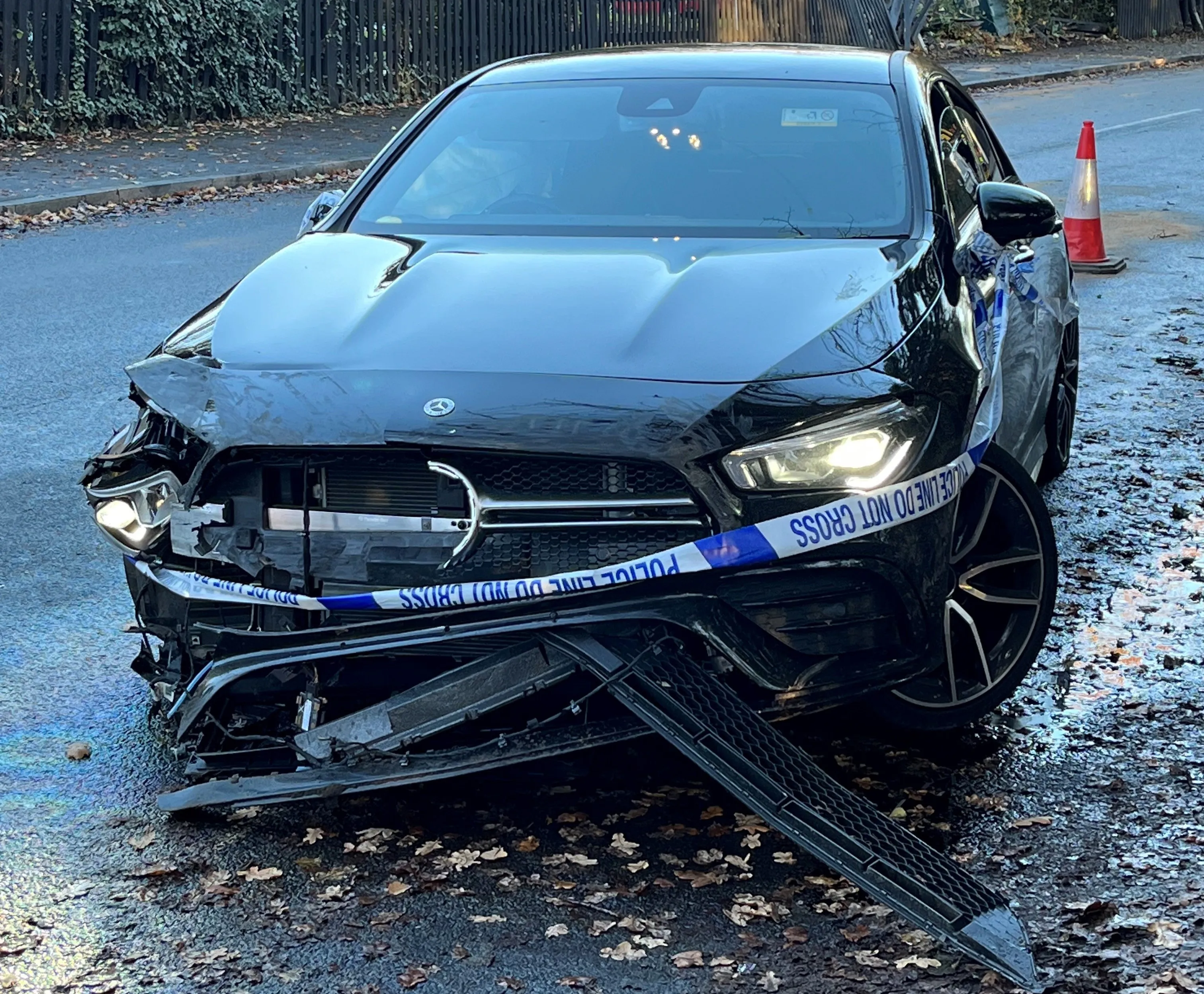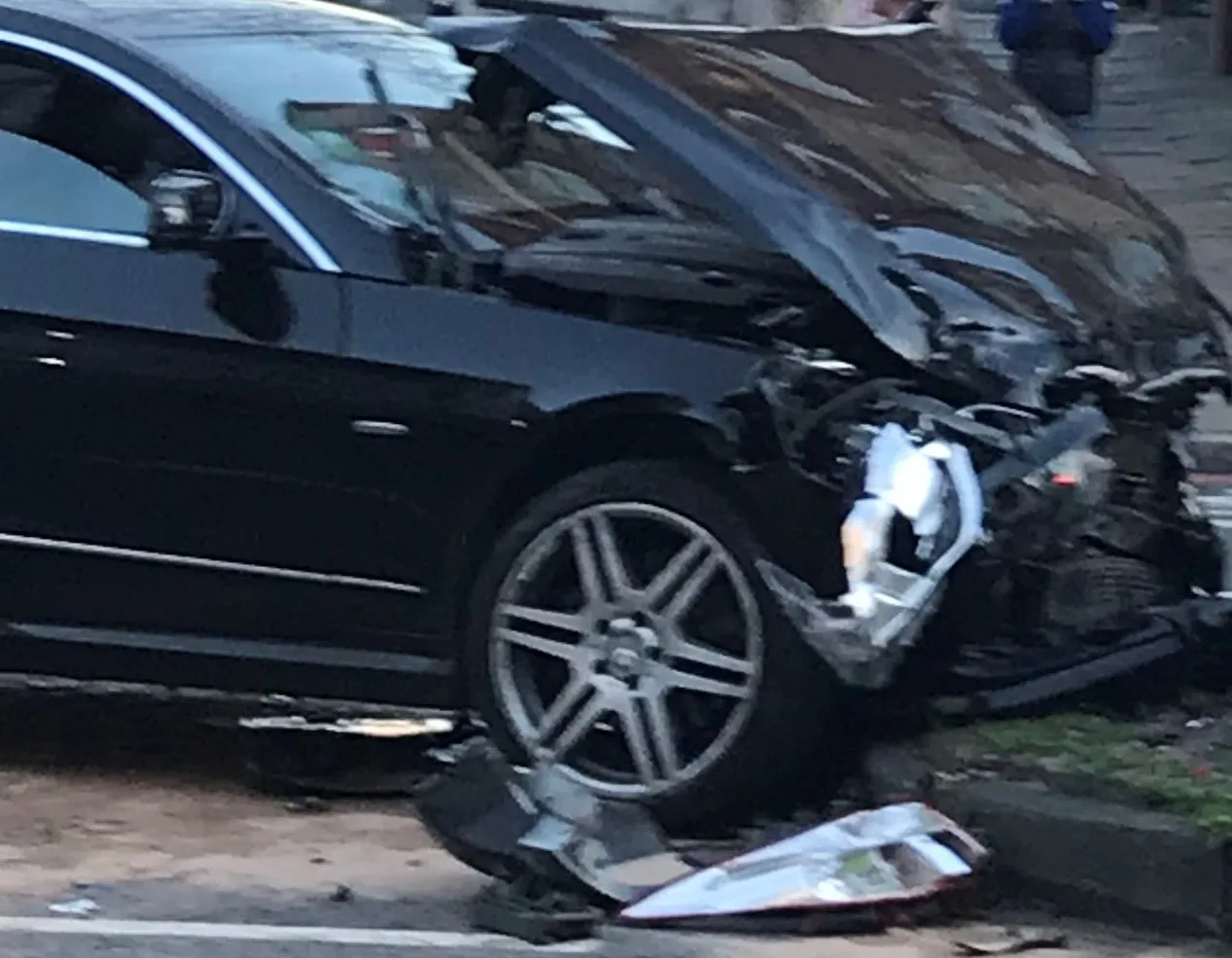
Drug using drivers pose a risk to other road users according to newly available data. There has been a jump in drug-driving casualties of more than 260% in the last decade.
Road safety charity IAM RoadSmart has called on the UK Government to take urgent action to cure this drug-drive problem. The charity has analysed Department for Transport (DfT) statistics to discover that there were almost 2,500 casualties in relation to drug-driving in 2021, representing a surge of over 260% since 2012.
The UK’s Criminal Justice System Statistics (CJSS) reveal that the number of drug-driving convictions has increased year on year, reaching 12,500 in 2019. Worryingly, 44% of these crimes are perpetrated by repeat offenders, with many of these cases occurring within one year.
Such troubling trends come amid worrying reports that, due to inefficient testing protocols, which requires blood samples to be taken by a healthcare practitioner, some police officers are resorting to bringing drug-driving suspects to hard-pressed A&E departments to take a sample. This comes at a time when hospitals are facing record waiting times, placing extra pressure on NHS nurses and doctors.
IAM RoadSmart’s survey of 2,028 motorists found that this problem is also set to deepen, with 10% respondents stating that they have driven, or been a passenger in a vehicle where the driver has been under the influence of illegal drugs.
The survey also discovered that 6% of people would be comfortable driving while under the influence of illegal drugs. And 14% of those surveyed stated that they would not stop a family member or friend who was planning to drive while under the influence of drugs.
IAM RoadSmart’s most recent annual Safety Culture Report showed that motorists consider drink and drug-drivers as one of the biggest risks to their personal safety – more than other issues such as speeding on residential streets, people driving aggressively or not wearing a seat belt.
Neil Greig, Director of Policy and Research at IAM RoadSmart, commented: “With cases surging and attitudes as they are, Britain’s drug-drive picture is a bleak one. IAM RoadSmart has already proposed a smart package of solutions to help address this issue, including: developing a dedicated drug-drive course, prescription reform and for the government to finally release the outcome of its own drug-driving consultation.






